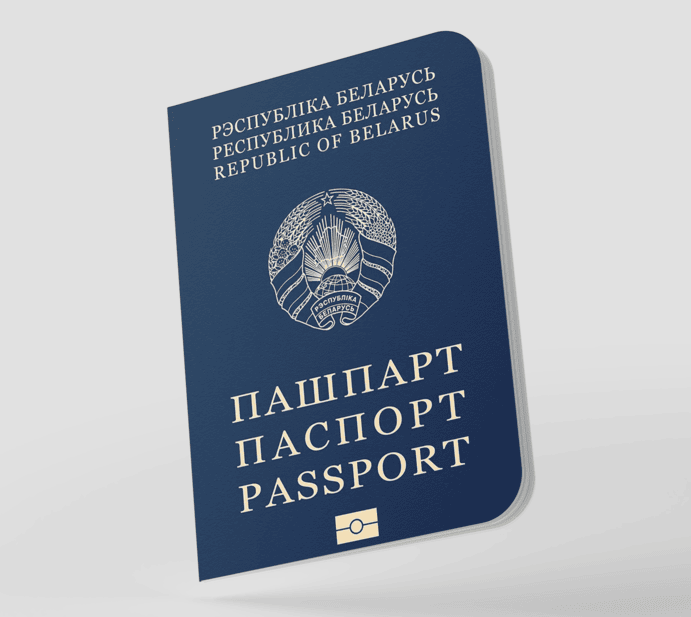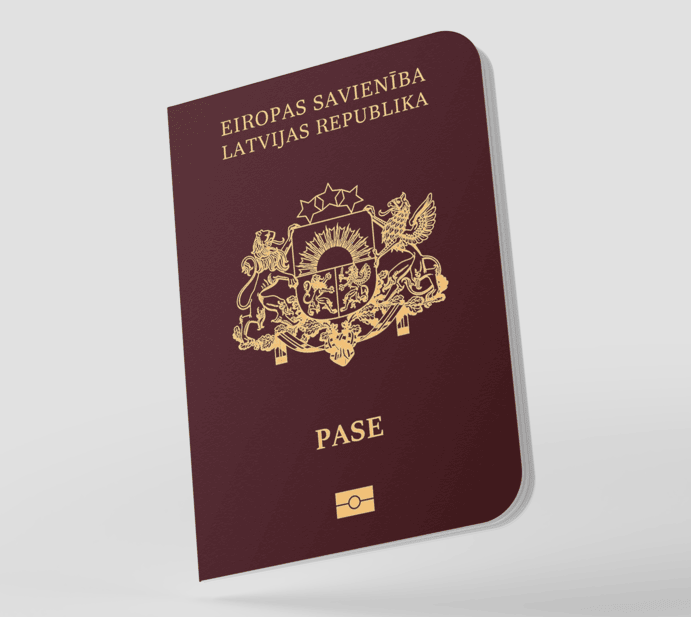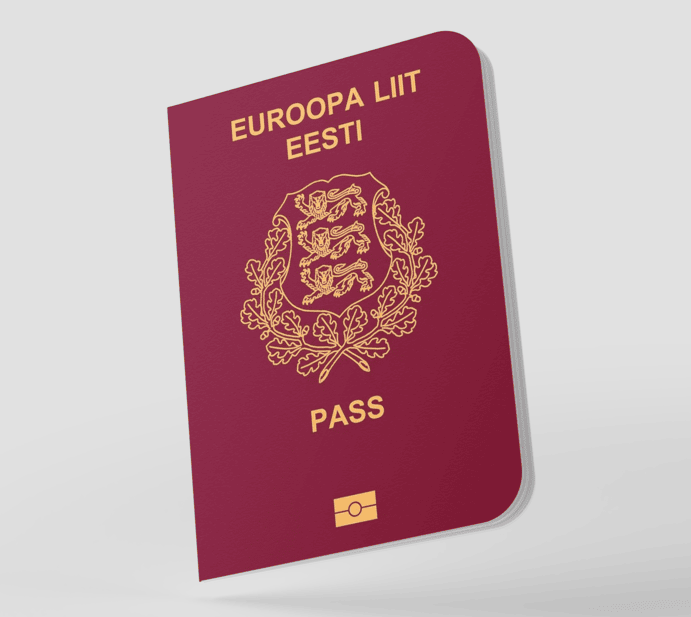Lithuanian Passport Global Ranking
As of November 2025 the Lithuanian passport holds the 29th position globally on the VisaGuide Passport Index, which ranks the passports of 199 countries and territories.

Where Can Lithuanian Passport Holders Travel Without a Visa?
As of November 2025, the holders of Lithuania passport enjoy visa-free access to 153 countries and territories, offering extensive global mobility. Here is a list of worldwide destinations where Lithuanian citizens can travel without a visa:
- Albania
- Andorra
- Austria
- Belarus
- Belgium
- Bosnia and Herzegovina
- Bulgaria
- Croatia
- Cyprus
- Czechia
- Denmark
- Estonia
- Faroe Islands
- Finland
- France
- Germany
- Gibraltar
- Greece
- Hungary
- Iceland
- Ireland
- Italy
- Kosovo
- Latvia
- Liechtenstein
- Luxembourg
- Malta
- Moldova
- Monaco
- Montenegro
- Netherlands
- North Macedonia
- Norway
- Poland
- Portugal
- Romania
- San Marino
- Serbia
- Slovakia
- Slovenia
- Spain
- Sweden
- Switzerland
- Ukraine
- United Kingdom
- Vatican City
- Armenia
- Brunei
- Georgia
- Hong Kong
- Israel
- Japan
- Kazakhstan
- Kyrgyzstan
- Macau
- Malaysia
- Mongolia
- Oman
- Palestine
- Philippines
- Qatar
- Singapore
- South Korea
- Taiwan
- Tajikistan
- Thailand
- Türkiye
- United Arab Emirates
- Uzbekistan
- Anguilla
- Antigua and Barbuda
- Aruba
- Bahamas
- Barbados
- Belize
- Bermuda
- Caribbean Netherlands
- British Virgin Islands
- Canada
- Cayman Islands
- Costa Rica
- Curaçao
- Dominica
- Dominican Republic
- El Salvador
- Greenland
- Grenada
- Guatemala
- Haiti
- Honduras
- Jamaica
- Mexico
- Montserrat
- Nicaragua
- Panama
- Puerto Rico
- Saint Kitts and Nevis
- Saint Lucia
- Saint Martin
- Saint Vincent and the Grenadines
- Trinidad and Tobago
- Turks and Caicos Islands
- United States Virgin Islands
- United States
- Argentina
- Bolivia
- Brazil
- Chile
- Colombia
- Ecuador
- Falkland Islands
- French Guiana
- Paraguay
- Peru
- Uruguay
- Venezuela
- American Samoa
- Australia
- Cook Islands
- Fiji
- French Polynesia
- Guam
- Kiribati
- Marshall Islands
- Micronesia
- New Caledonia
- New Zealand
- Niue
- Northern Mariana Islands
- Palau
- Samoa
- Solomon Islands
- Timor-Leste
- Tonga
- Tuvalu
- Vanuatu
- Angola
- Botswana
- Cabo Verde
- Kenya
- Mauritius
- Mayotte
- Morocco
- Réunion
- São Tomé and Príncipe
- Senegal
- Seychelles
- South Africa
- Gambia
- Tunisia
- Zambia
- Eswatini
Make sure your Lithuanian passport is ready for travel – see the full list of countries that require six months of passport validity before you go!
Where Can Lithuanian Citizens Go Without a Passport?
Lithuanian citizens can enter the following countries with only an ID card:
- Aruba
- Austria
- Belgium
- Caribbean Netherlands
- Bulgaria
- Croatia
- Curaçao
- Cyprus
- Czechia
- Denmark
- Estonia
- Faroe Islands
- Finland
- France
- French Guiana
- French Polynesia
- French West Indies
- Germany
- Greece
- Greenland
- Hungary
- Iceland
- Ireland
- Italy
- Kosovo
- Latvia
- Liechtenstein
- Luxembourg
- Malta
- Mayotte
- Netherlands
- New Caledonia
- Norway
- Poland
- Portugal
- Réunion
- Romania
- Slovakia
- Slovenia
- Spain
- Saint Martin
- Sweden
- Switzerland
What Countries Issue eVisa to Lithuanian Citizens?
Citizens of Lithuania can easily obtain eVisas for travel to 27 countries, making it more convenient to explore these international destinations. Here is a list of countries where Lithuanians can apply for an eVisa online:
- Russia
- Azerbaijan
- Bhutan
- India
- Iran
- Iraq
- Myanmar
- Pakistan
- Syria
- Vietnam
- Papua New Guinea
- Benin
- Burkina Faso
- Cameroon
- Democratic Republic of the Congo
- Ivory Coast
- Djibouti
- Equatorial Guinea
- Gabon
- Guinea
- Lesotho
- Libya
- Mauritania
- Nigeria
- Somalia
- South Sudan
- Togo
What Countries Issue Visa on Arrival to Lithuanian Citizens?
If you are a Lithuanian citizen, you can get a visa on arrival for the 26 countries listed below:
- Bahrain
- Bangladesh
- Cambodia
- Indonesia
- Jordan
- Kuwait
- Laos
- Lebanon
- Maldives
- Nepal
- Saudi Arabia
- Sri Lanka
- Burundi
- Comoros
- Egypt
- Ethiopia
- Guinea-Bissau
- Madagascar
- Malawi
- Mozambique
- Rwanda
- Sierra Leone
- Saint Helena
- Tanzania
- Uganda
- Zimbabwe
You receive a visa on arrival (VOA) after entering the country that issues such a visa. Usually, there is a separate section at the airport where you can submit your application for your visa on arrival.
Countries With Visa Requirements for Lithuanian Citizens
You need a valid visa to enter 19 countries with a Lithuanian passport. It’s essential to apply for the appropriate visa through the relevant consulate or embassy before traveling to:
- Afghanistan
- China
- North Korea
- Turkmenistan
- Yemen
- Cuba
- Guyana
- Suriname
- Nauru
- Algeria
- Central African Republic
- Chad
- Republic of the Congo
- Eritrea
- Ghana
- Liberia
- Mali
- Niger
- Sudan
Before planning a trip to any of the above destinations, it’s important for Lithuanian travelers to secure the necessary visa and ensure all entry requirements and travel documentation are in order.





